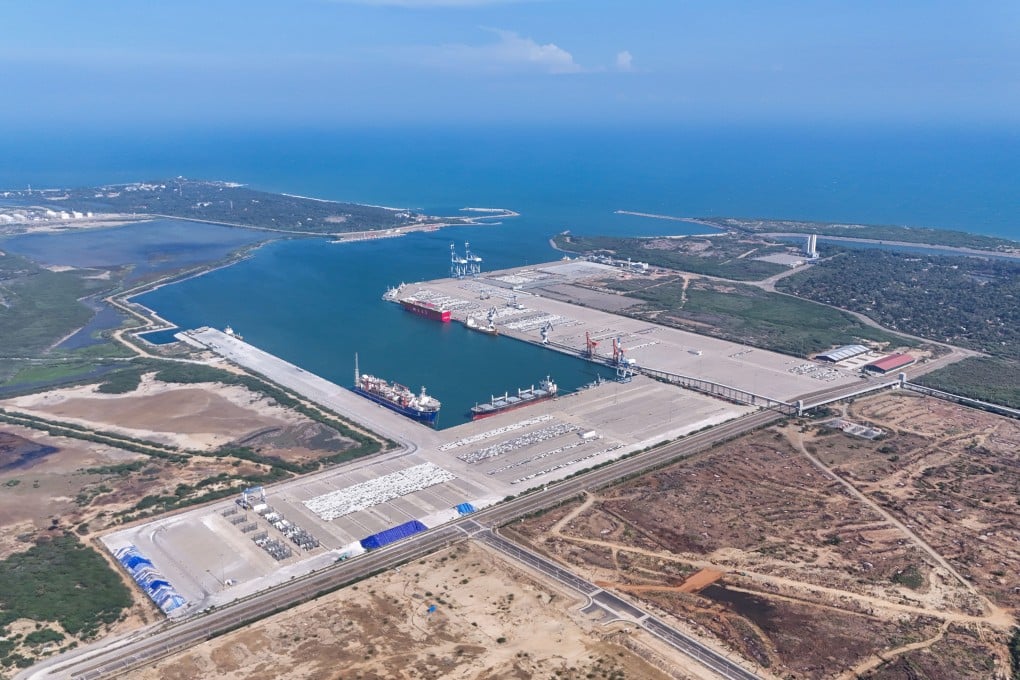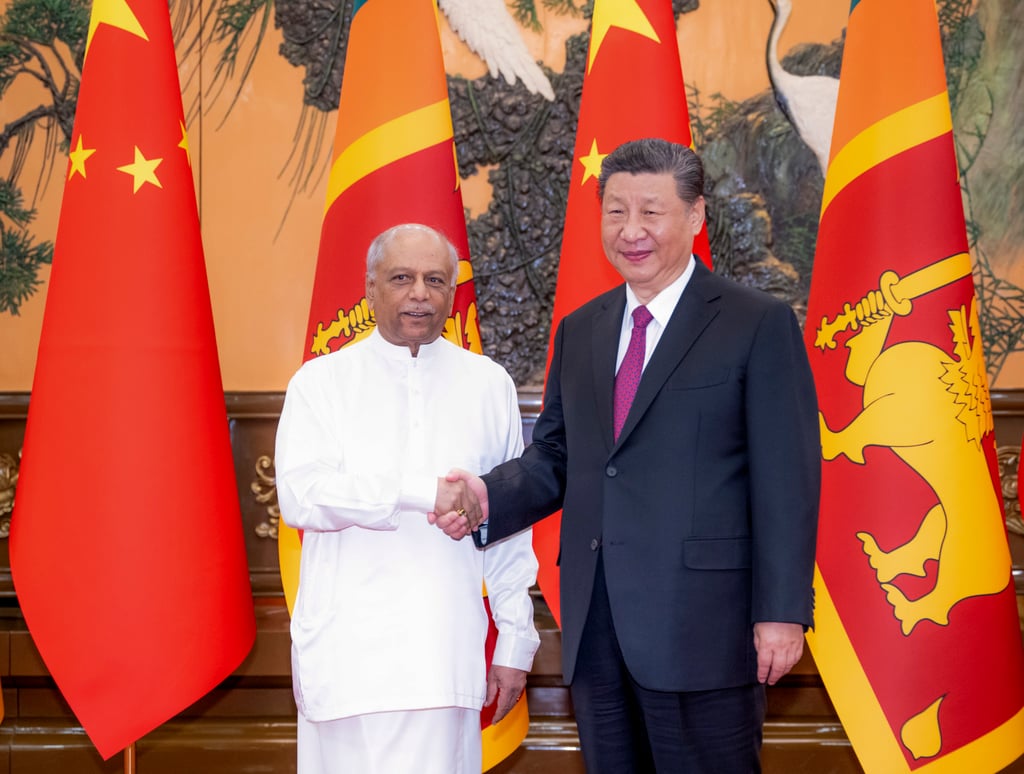Sri Lanka turns to China for more investment help but move unlikely to strain ‘strong’ ties with India, US
- China has pledged to develop the Colombo International Airport and Hambantota port, and play a ‘positive role’ in Sri Lanka’s debt restructuring
- Experts say it is unclear if the move is a ‘win-win investment’ or whether it will be ‘aligned with Chinese strategic interests at the expense of Sri Lanka’

Sri Lanka has limited options but to turn to China for help in financing massive infrastructural projects, but the move is not expected to become a debt trap for the island nor affect its relations with India and the United States.
While Chinese investments in the past are said to have made Sri Lanka “fiscally more vulnerable”, forthcoming Chinese funds pouring into the island would not be debt-funded but likely be in the form of equity investment by Chinese enterprises, according to experts.
On March 27, after talks with Beijing, Sri Lankan Prime Minister Dinesh Gunawardena said China had pledged to develop the Colombo International Airport and Hambantota port.

In a joint statement issued on March 29, China’s foreign ministry said the two countries agreed to “make every effort to promote the Port City Colombo and Hambantota Development Project, turning them into flagship projects”.
The southern seaport of Hambantota was handed to a Chinese state-owned company in 2017 on a 99-year lease for US$1.12 billion, sparking security concerns from Beijing’s regional rival India.
Gunawardena added that China would assist Sri Lanka’s restructuring of external debt, a key condition to maintaining a US$2.9 billion bailout from the International Monetary Fund (IMF).
The Chinese statement said Beijing was willing to “continue supporting its financial institutions to actively negotiate with Sri Lanka”, as well as “play a positive role in the IMF, and assist Sri Lanka in financial relief”.
